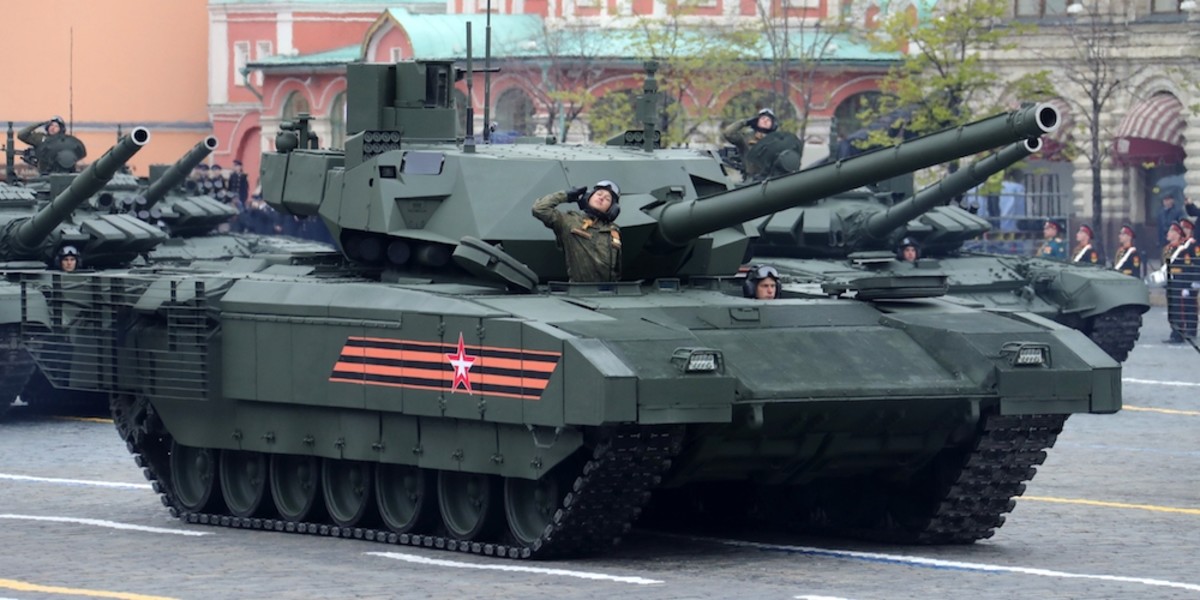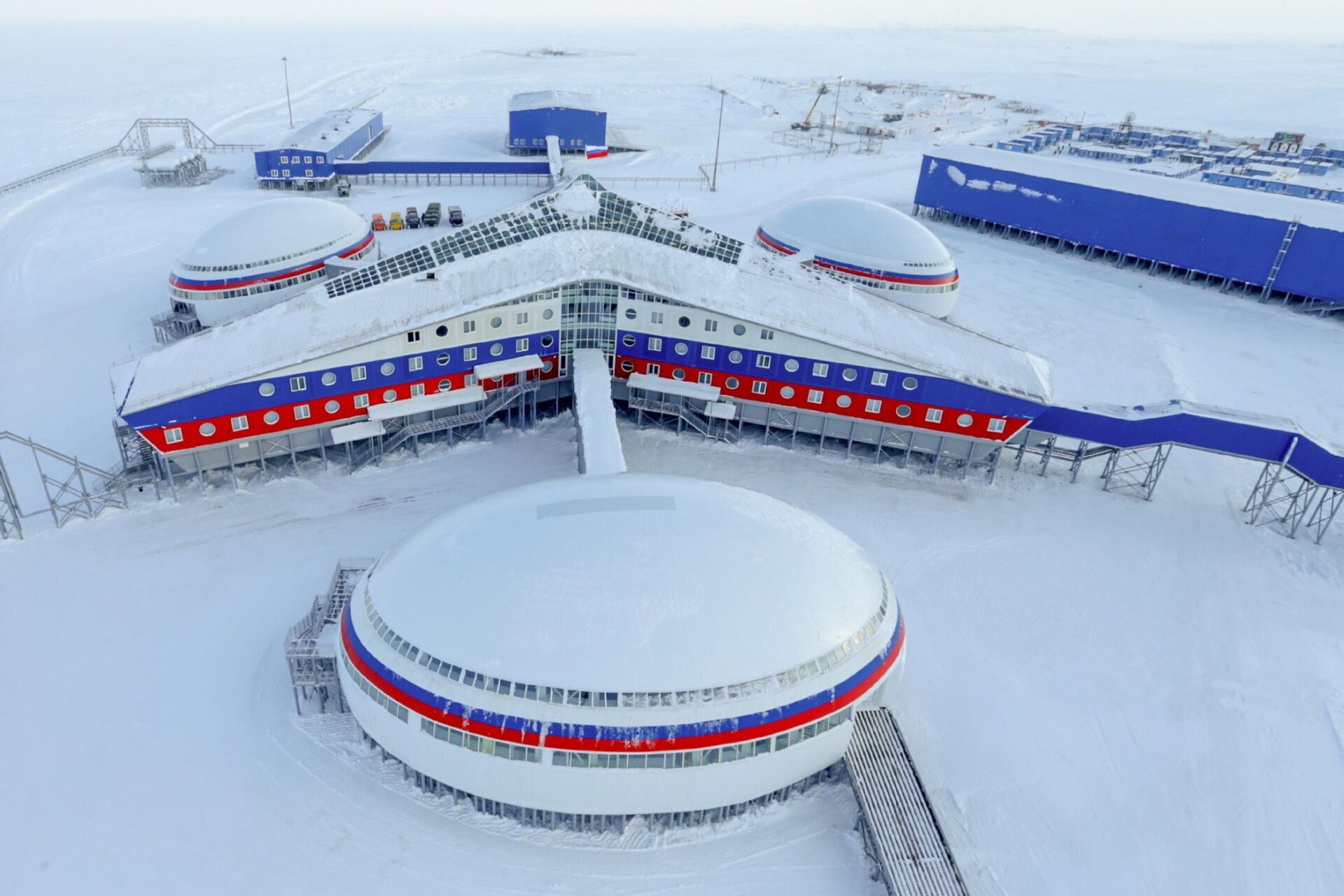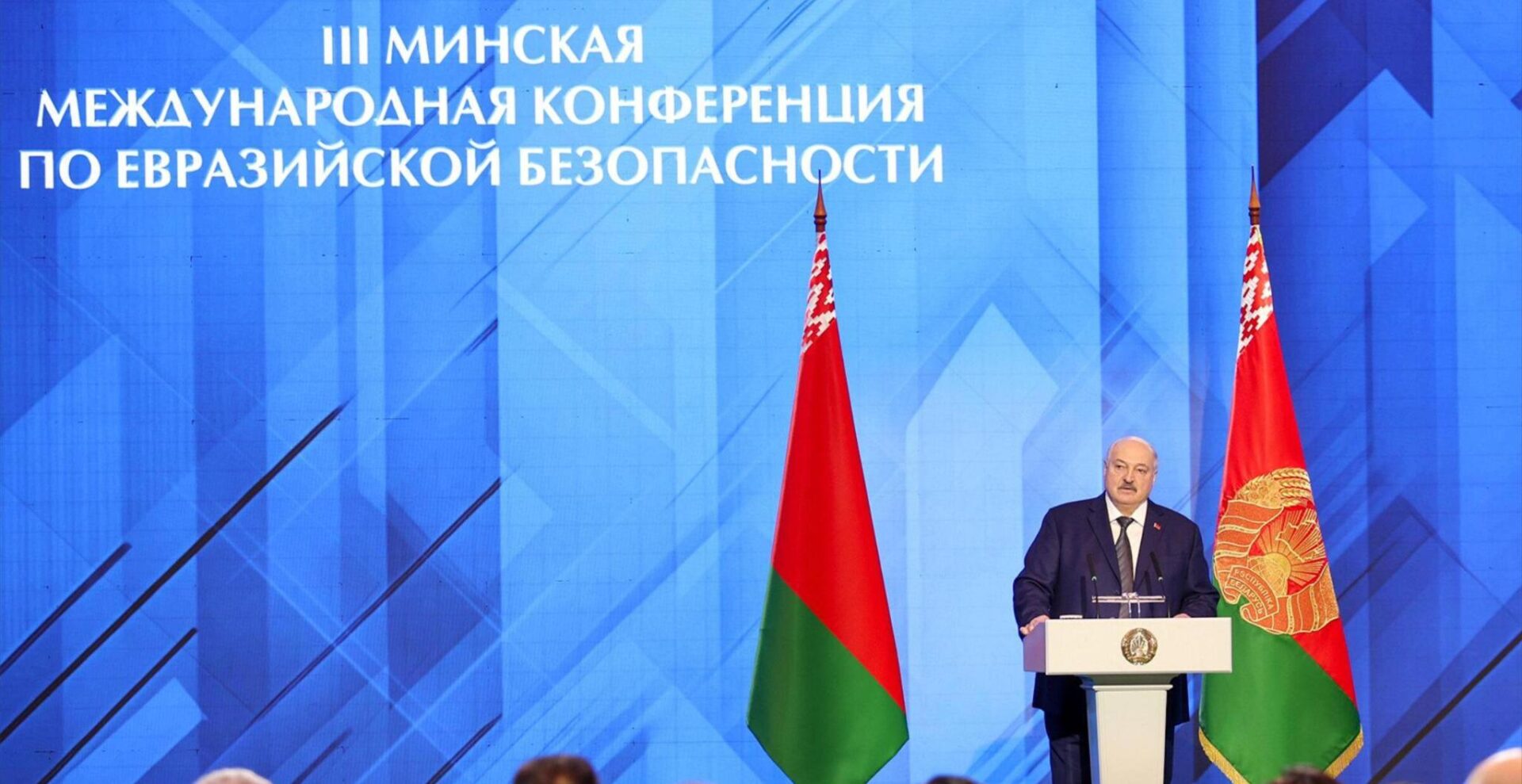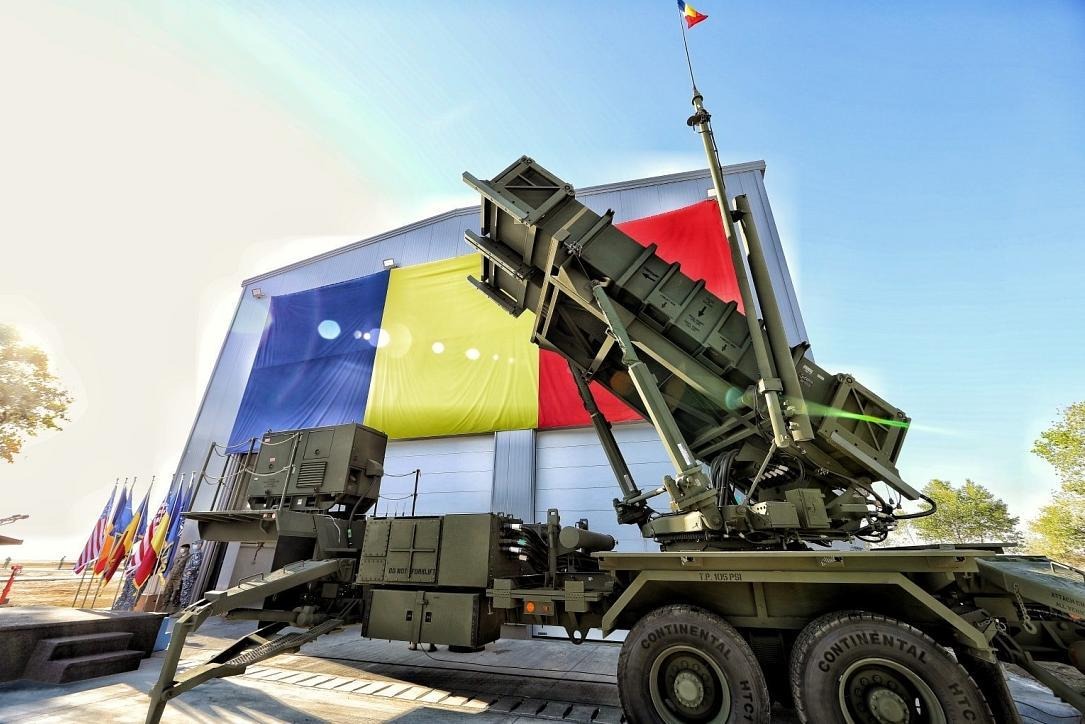
Modernizing Russia’s Tanks: The Case of the T-14 Armata
Modernizing Russia’s Tanks: The Case of the T-14 Armata
On April 19, Denis Manturov, the head of Russia’s Ministry of Industry and Trade, stated that “foreign partners” had lodged applications to procure the future export version of the much-advertised new T-14 Armata tank. The problem is that this main battle tank model has not yet entered service, despite its prototype first appearing in 2015 and raising hopes of the imminent arrival of the “tank of the future” within the Armed Forces. Various reports indicate that state tests will conclude this year, with possible procurement of the Armata sometime next year. However, that timescale may need to be adjusted not least due to the challenges Russia’s defense industry is facing as a result of the coronavirus pandemic (Lenta.ru, April 29).
The T-14 was officially unveiled during the May 9, 2015, Victory Day parade—accompanied by a carefully crafted promotional campaign. And since that time, Moscow-based defense specialists have continued to argue about the revolutionary nature of the tank. Indeed, it is designed with an uninhibited turret, a specially protected compartment for its crew in the hull, and reinforced frontal armor. The T-14 will also be equipped with a tank information management system (tankovoy informatsionno-upravlyayushchey sistemoy-TIUS), which controls all components and operations of the combat vehicle (Vzglyad, April 21).
Russia’s newest main battle tank has a circular Doppler radar with a medium-range active phased antenna array (AFAR) as well as ultraviolet HD surveillance cameras with 360-degree circular coverage, capable of detecting the ionized gas emitted by other working vehicle engines. Its advocates boast that it is uniquely designed to operate in a network-enabled single-information-space battlefield. While this network-enabled feature would certainly represent a breakthrough for the Russian Ground Forces, it will also paradoxically serve to restrict the export market that Industry and Trade Minister Manturov referred to last month (Topwar.ru, May 1).
Manturov is confident that the Armata will enter service next year, following some technical solutions to existing issues in its design: “The Ministry of Defense ordered additional technical solutions in order to reach serial production from next year as part of the contract that was signed,” Manturov explained. The T-14 developer and manufacturer is Uralvagonzavod (part of Rostec). In February of this year, the head of Uralvagonzavod, Aleksandr Potapov, stated that a pilot program for the procurement of the Armata would soon begin. Earlier, the defense ministry signed a contract with the defense company to supply 132 T-14s in addition to BMP T-15 infantry fighting vehicles to the Ground Forces; the target delivery date appears to be “sometime” in 2021. Company representatives have highlighted that the T-14 Armata will have much higher firepower than any other tank in the world. Reportedly, the new gun-ammunition complex provides the T-14 with firepower significantly exceeding the performance of modern Russian and foreign tanks (Gazeta.ru, April 19).
While the characteristics and advertised specifications of the Armata are impressive, some Russian defense experts question the extent to which the design and concept of the new tank may be domestic in origin. Oleg Falichev and Petr Cherkashin co-authored a detailed analysis of the armored weapons system and the challenges it presents for Russia’s defense ministry as well as its future potential, in an article in Voyenno Promyshlennyy Kuryer. The experts argue that, in some respects, the Armata more closely resembles joint West German and United States tank designs from the late 1960s and 1970s: “To be objective, we can see that the basis of the ideology of design thought was not based on the achievements of domestic tank builders but on the use of the experience of Western countries. For example, the T-14 Armata tank is very close in many respects to the appearance of the joint development tank of West Germany and the USA of the 1970s—the MVT-70 (KhM-70). [Like the German-US Cold War–era tank, the T-14 has a crew of] three people, an automatic loader, a capsule to protect the crew in the fighting compartment and the proposed option for placing a 155-millimeter gun in the tower” (Voyenno Promyshlennyy Kuryer, April 27). Whatever the origins and inspiration underlying Russia’s “tank of the future,” it seems set to face ongoing procurement issues due to spiraling costs and unspecified “technical issues.”
Indeed, criticizing Minister Manturov’s reference to such technical issues, Falichev and Cherkashin express doubts about the capacity of the domestic defense industry to offer rapid solutions, especially in the context of the global coronavirus pandemic and its unclear impact on Russia’s arms manufacturers: “Additional technical solutions can mean anything, up to equipping the machine with new functions [and] weapons, changing the performance characteristics of the engine, [along with] other units and systems. And this is time and money, which is not so easy to find in the context of the coronavirus pandemic” (Voyenno Promyshlennyy Kuryer, April 27).
Despite the testing of the Armata in military operations in Syria, as well as the efforts by its designers to promote the new tank’s credentials, there continue to be influential skeptics within Russian defense circles. The first deputy chairperson of the Duma defense committee, Alexander Sherin, for example, has argued that the T-14 tank is of a completely different generation, but it is highly expensive, so its purchase has been temporarily stopped. If the procurement has been suspended due to its costs, it is likely that the introduction of the T-14 into Russia’s Ground Forces could face delays of up to several years. In any case, the defense ministry order of 132 platforms, combined with its orders for upgraded T-90s, suggest that the military leadership does not plan larger-scale orders in the future. If this proves to be the case, the T-14 Armata may turn out to be a niche capability for the Russian Ground Forces, though an exceptionally expensive one. Estimates of its cost per unit differ widely. In 2015–2016, these figures ranged between 400 million to 700 million rubles ($5.38 million–$9.42 million, according to today’s exchange rate) (Voyenno Promyshlennyy Kuryer, April 27).
Despite Manturov pushing for future exports of the T-14 Armata, the platform currently remains beyond the reach of Russia’s Ground Forces. Serial delays due to “technical issues,” cost overruns and now the uncertain implications a pandemic on Russia’s military-industrial complex all suggest that 2021 is an unrealistic target date for the introduction of the new modern Russian tank of the future. Moreover, if the tank is, indeed, designed for operations in a network-enabled environment, Manturov seems unable to appreciate that this will greatly limit its potential foreign customer base (Lenta.ru, April 29).


